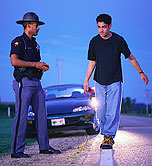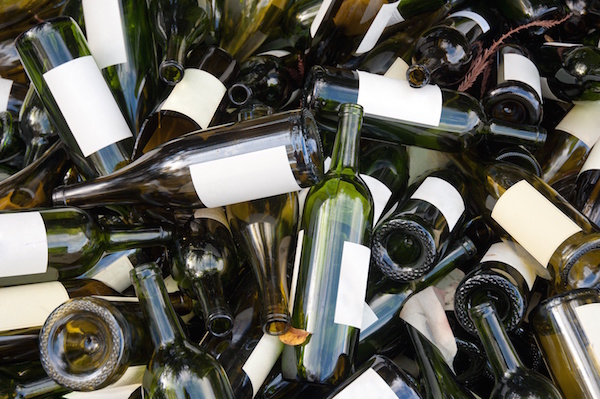
TUESDAY, Dec. 16, 2014 (HealthDay News) — With the holiday party season fast approaching, a new study reveals that states that routinely perform randomized traffic stops and make DUI arrests have fewer drunk drivers on their roads.
The finding suggests that states that enforce drunk driving laws more vigilantly are better able to deter inebriated revelers from getting behind the wheel in the first place.
“Hardly any new laws are being passed regarding drinking and driving,” said study lead author James Fell, a senior research scientist with the Pacific Institute for Research and Evaluation in Calverton, Md. “So we think the best strategy for making progress on reducing impaired driving could be better enforcement of the laws we already have.”
Because police have limited resources, Fell said, “we looked at several different measures of enforcement to see what seems to be working.”
The researchers found that two measures seem to have a deterrent effect: a greater number of random traffic stops per state residents and a higher number of DUI (driving under the influence) arrests per state residents.
“People only change their behavior when they think they’re going to get caught,” said Kara Macek, a spokeswoman for the Governors Highway Safety Association in Washington, D.C. “When it comes to drunk driving you need to use the stick more than the carrot.”
Macek said the findings reinforce the results of prior studies. “Time and time again, the research has shown that high-visibility enforcement coupled with strong public awareness messaging works,” she said. “So it comes as no surprise to us in the highway safety community that states with strong and visible enforcement campaigns are going to see a reduction or lower level of impaired driving.”
The findings were published online Dec. 16 in Alcoholism: Clinical and Experimental Research.
According to the National Highway Traffic Safety Administration, more than 10,000 fatalities were attributed to drunk driving in 2012.
The current analysis focused on data from the 2007 National Roadside Survey. The researchers honed in on nearly 6,900 weekend nighttime drivers in 30 communities, all of whom were stopped and screened for blood alcohol levels.
Statistically, the researchers found that states with a higher annual rate of randomized traffic stops and DUI arrests had a lower annual rate of drunk driving.
In states where the likelihood of being randomly stopped on the road fell below 228 for every 10,000 adult drivers, the odds for randomly recording an illegal blood alcohol concentration of 0.08 or more were nearly four times greater than in states that performed 1,275 traffic stops per 10,000 drivers, the researchers reported.
Meanwhile, states with higher rates of “saturation patrols,” which look for DUI behavior such as weaving and speeding, did not see lower rates of drunk driving.
And no link could be drawn between states with more police officers per resident and fewer drunk drivers. Nor was a lower drunk driving rate associated with a higher rate of overall traffic enforcement as evidenced by the number of tickets issued for not wearing a seat belt, speeding, and/or engaging in a moving violation.
As well, the survey didn’t attest to the effectiveness of so-called “sobriety checkpoints.” Such checkpoints are clearly marked roadside stops that target all motorists for a DUI screening, not random traffic stops for reasons that are not immediately advertised.
“But it turns out that only one police agency we looked at performed a sobriety checkpoint at least once a week, which is disappointing,” said Fell. “There is a lot of evidence that they do work. And they’re used frequently in other countries, especially in Australia, where they breath-test everybody they stop. In that environment it’s a real deterrent and makes a huge difference.”
More information
For more on impaired driving, visit the National Highway Traffic Safety Administration.
Copyright © 2025 HealthDay. All rights reserved.

